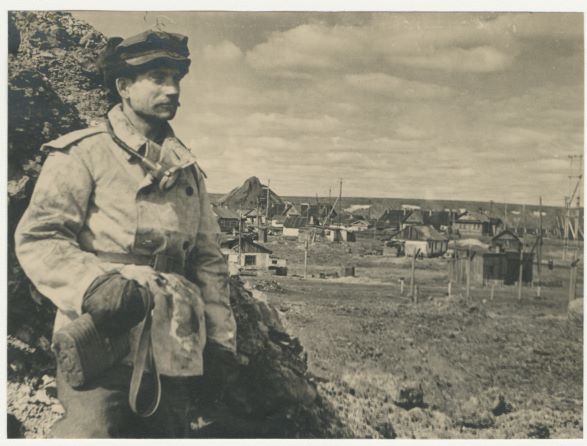Vorkuta is a coal-mining town in Russia, located 160 kilometres north of the Arctic Circle. In 1930, the first scientific expedition to search for natural resources arrived here. The next one already consisted of gulag prisoners. Over several decades, their hands built one of the largest mining centres in the Soviet Union, including mines, power stations, settlements, roads, a railway line, a town and dozens of gulags. By 1953, no less than half a million gulag prisoners had passed through Vorkutlag.
In the photograph, Józef Krypajtis (Krypajcis) (1906-1990) can be seen in the background of one of the mines. He was a scout, a member of the legendary Black Thirteen Vagabond Cluster, a Vilnius Scout Troop, and a professor of music and singing at the Vilnius Higher School of Music. In the years 1946-1949, he was a team leader in the underground Vilnius Black Thirteen Vagabond Troop (pseud. “Organist”). In 1949, he was arrested for underground activity and sentenced to 10 years in a labour camp. From Vorkuta, he returned to Poland in 1956. He settled in Warsaw with his family, who arrived from the Soviet Union in 1954.




